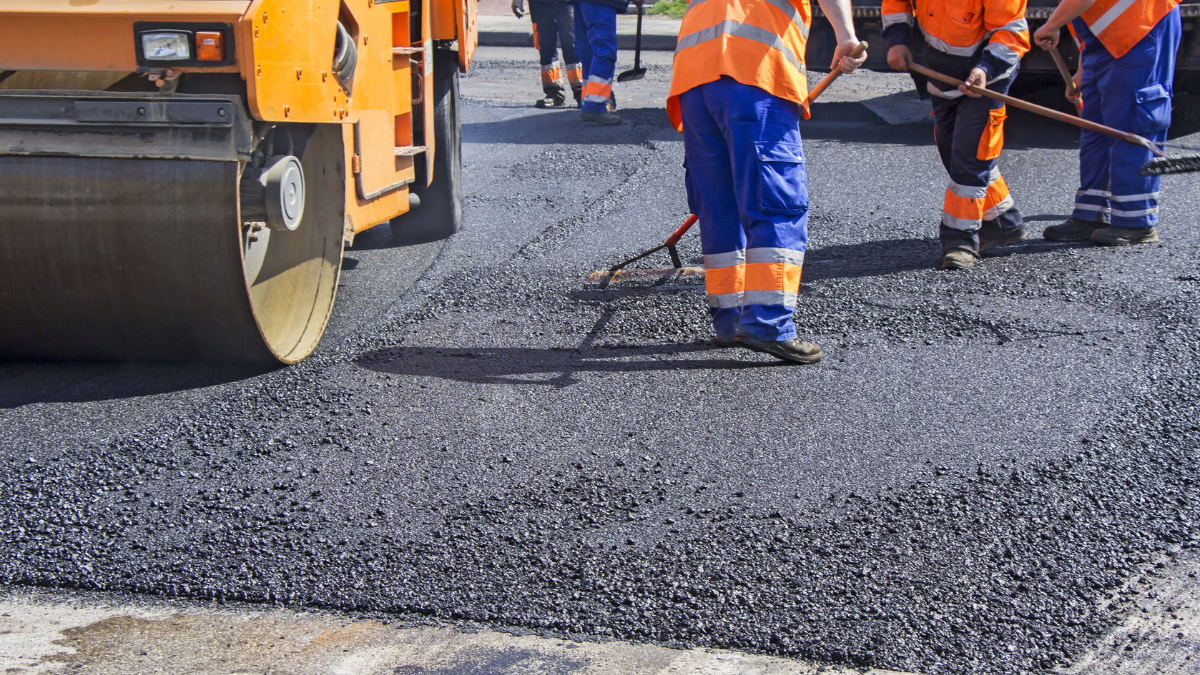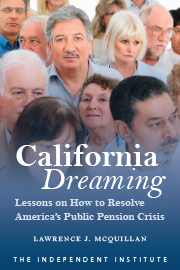Both Hillary Clinton and Donald Trump have proposed massive increases in infrastructure spending and a new federal infrastructure bank. Given government’s record of failure, however, Washington would do better to step aside and let private entrepreneurs repair America’s roads, bridges and ports.
In May, the American Society of Civil Engineers published “Failure to Act,” which estimates America’s infrastructure “investment” gap at $1.4 trillion over the next 10 years. This is the difference between current spending and what ASCE says is needed to repair and upgrade our roads, bridges, commuter rail, airports, electric grid, water systems, and inland ports and waterways.
The National Association of Manufacturers (NAM) released a similar infrastructure-needs assessment, “Building to Win,” in October, pegging the 10-year investment gap at $1.3 trillion for public transit, highways, bridges, airports, waterways and ports.
Both groups, whose members would benefit from additional infrastructure spending, exaggerate the investment gap, because they base their calculations more on “wish lists” than sound benefit-cost evaluations. But even more sober assessments, by the U.S. Department of Transportation and others, agree that governments—federal, state and local alike—are not spending sufficiently on infrastructure improvements.
NAM touts its initiative as “a blueprint for the next Congress and president to repair ... and revolutionize the infrastructure that makes the American Dream possible.” But this will never happen for reasons intrinsic to the public sector.
When a government “owns” an asset—such as a road, bridge or water utility—in effect nobody owns it. No person collects profits from the efficient operation and optimal maintenance of the asset. This creates problems.
Government authorities view maintenance solely as a cost, rather than as an investment that can increase future revenues. As a result, roads remain riddled with potholes, bridges crumble, airports are overcrowded, water is contaminated, and we have classrooms with mold and falling ceilings. Moreover, without a profit motive, repairs are seldom done in a timely manner or at lowest cost.
Instead of assets being owned and controlled by people who understand the economics of the industry and have the technical knowledge to operate and repair them efficiently, politicians (the majority of whom appear to be lawyers these days) and bureaucrats control them. This guarantees waste, inefficiency and cronyism, such as the greenlighting of white-elephant projects that are driven by politics rather than economics.
NAM lauds China for “spending more on infrastructure each year than North America and Western Europe combined.” But spending isn’t the same as spending wisely. A new study from Oxford University finds that more than half of China’s infrastructure expenditures have costs that exceed benefits. The Oxford researchers conclude: “China’s infrastructure investment model is not one to follow for other countries but one to avoid.”
A better model is for government to be less involved in the infrastructure business and encourage entrepreneurs to get more involved. Other countries provide a successful roadmap.
Brazil auctioned off operating rights for five highways using long-term contracts. Tolls are used to collect revenue. Ivepar, the company that won a 30-year lease for one of the auctioned highways, plans to invest more than $2.5 billion (8 billion reais) to modernize the road and double the number of lanes in five years.
The Spanish company Sacyr has won three highway contracts in Colombia, and also plans to invest about $2.5 billion in improvements. One of the three contracts calls for Sacyr to build a 50-mile highway in four years, complete with intersections, tunnels, bridges, culverts and viaducts. The company will operate the highway for 25 years, providing traffic monitoring services, emergency response, law enforcement, tow trucks and ambulances, among other services and amenities.
America’s infrastructure needs are real. But calls for more government involvement are misguided. Governments can’t maintain what they now control; why should we trust them to do a better job with even more assets?
The U.S. should follow the lead of other countries and auction off or lease infrastructure assets to private companies with an economic incentive to properly maintain them and avoid boondoggles. Then, perhaps, we’ll get what we need and get what we pay for.










